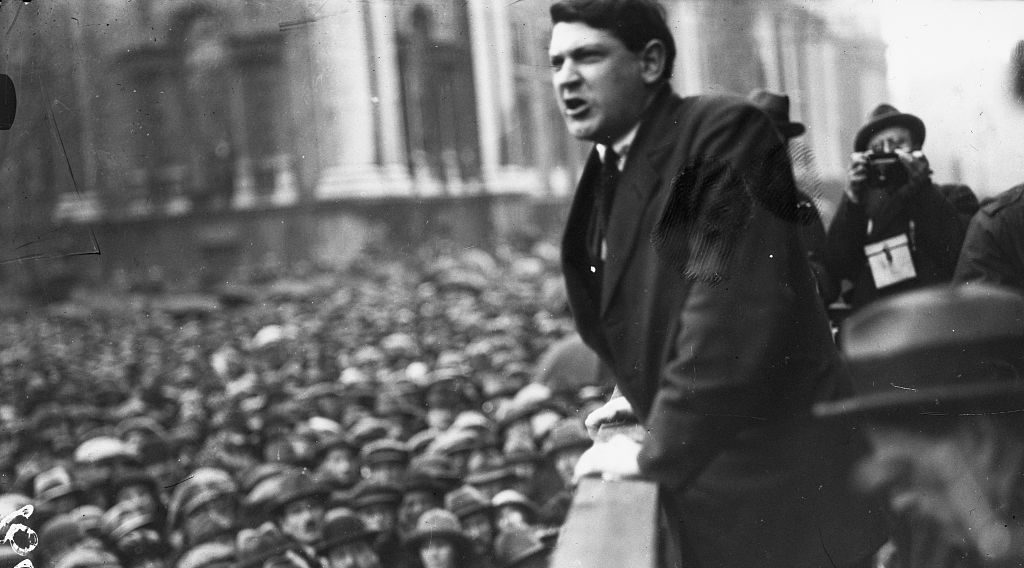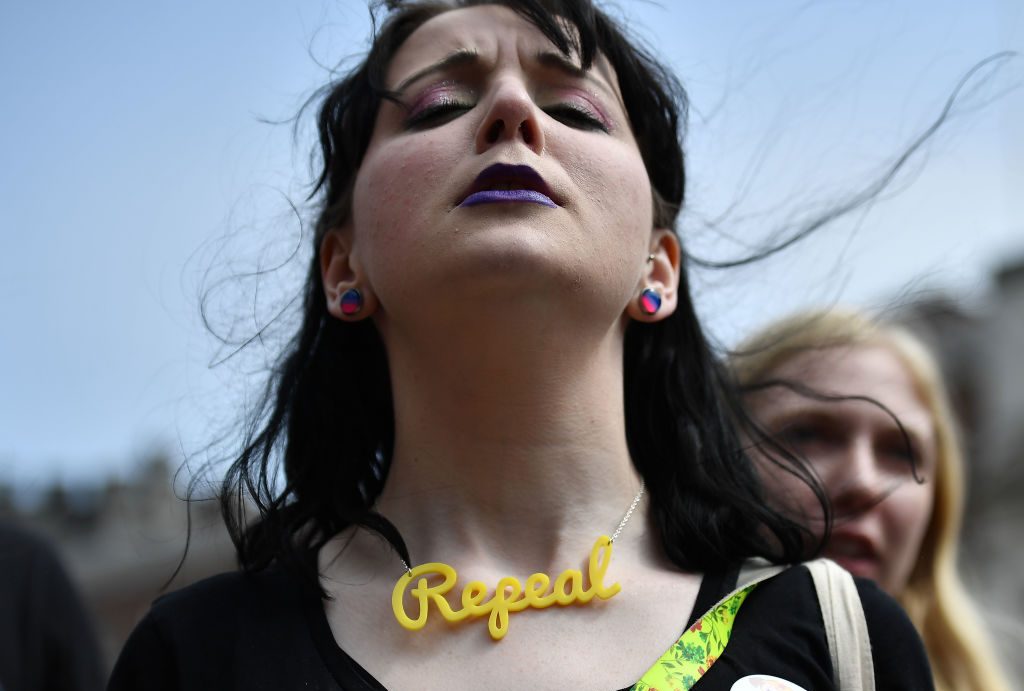The current drive for European museums to return artefacts to their countries of origin shows no sign of losing its righteous momentum (as with most of today’s fashionable narratives of activism).
Two recent examples of these apparently ill-gotten gains being returned to their rightful home offer starkly different contexts and in doing so illustrate problems underpinning the repatriation movement that appears to be gaining pace.
Thirteen human skulls estimated to be around 400 years old were placed in a coffin and buried during a funeral on Inishbofin island off the coast of Ireland on July 17. They were returned from Dublin’s Trinity College, which was in possession of the skulls since 1890.
Meanwhile, various British museums and institutions have recently announced that they will repatriate their Benin bronzes to Nigeria, following the West African nation finally deciding on and confirming the recipient of the famous ornamental sculptures.
The Benin bronzes — a range of brilliantly carved objects, figurines and sculptures made of various materials — came to Britain not long after the skulls reached Dublin, following the sacking of the royal court of the Kingdom of Benin by British military forces in 1897.
But other than those similarities in terms of time frame and the transference from one country to another, the two cases are starkly different — especially in terms of repatriation being justified. Unfortunately this isn’t being discussed despite much being at stake. The British Museum has about 900 objects from the Kingdom of Benin in its collection. The Ethnological Museum of Berlin has more than 1,100 objects.
The exact number of bronzes dispersed around the world is unknown — it is believed to exceed 3,000 — though the bulk resides with state museums in Europe. I imagine this is the case for other types of artefacts and collections — the bulk are in Europe. In short: our museums could be downsized on a scale no one fully appreciates if the repatriation impetus gains steam.
In considering the case for repatriating the skulls: they were removed from a monastery on Inishbofin in the middle of the night by two researchers who wanted to study them for anthropological reasons based on the perceived insularity of the islanders. So not only did Trinity College’s acquisition involve sneakily looting a holy location, it involved human remains.
There is a strong chance that some, if not most, of those 13 individuals are related to various islanders living today. Almost all of the island’s 170 inhabitants signed a petition demanding the skulls’ return, reports The Guardian. Furthermore, one has to think really hard to come up with any sort of benefit gained by the skulls remaining with Trinity College.
That is not the case with Benin bronzes. Here the lines are far more blurred. To start off with, the kingdom’s former territory is now part of Nigeria, and not in the modern-day Republic of Benin. There is also the fact that, unlike a tiny island and its peaceful inhabitants off the coast of Ireland, the Kingdom of Benin grew rich through the Atlantic slave trade and the slaying of elephants. It also practised human sacrifice which may have extended to ritual cannibalism.
Then there is the contrast between the motivations of the overzealous academic anthropologists versus the British. The British raid was a retaliatory military expedition in response to the ambush and killing of various members of a peaceful British diplomatic mission to the Kingdom of Benin. In short: they started it.
That’s the blurring from back then. Today, in addition to the fact the bronzes aren’t actually going to the Republic of Benin due to the complications of history intervening—I’d wager you will likely find that factor applies in almost all potential cases of repatriation; it’s rarely going to be clean cut — there’s the fact the grand museum originally proposed to house the bronzes hasn’t been built yet. Instead, the prized bronzes are going to the current Oba — king — of the state of Benin in Nigeria. Yes, he’s a descendant of the Kingdom of Benin’s Obas, but who knows what he will do with the bronzes once they are his personal property. He is under no obligation to show them to the public.
Also, is one allowed to note that Nigeria is famously corrupt? It’s hard to have much confidence in its government, which made the call about selecting the Oba. I don’t think the people running the British Museum are perfect, but, overall, when it comes to the stewardship of priceless historical objects, I suspect they know what they are doing and their motivations are generally sound.
Some institutions, such as the University of Cambridge, which had agreed to return 116 artefacts at its Museum of Archaeology and Anthropology, have decided to pause the repatriation process following the news they would be going to the Oba.
But plenty of other museums are continuing the process. Wherein lies the greatest risk: setting a knee-jerk precedent and opening a veritable Pandora’s box whereby increasing types and numbers of artefacts are called into question followed by demands for repatriation—as Europe’s museums gradually empty. Increasingly we seem determined to change our societies into something resembling the dystopian setting in a J.G. Ballard science-fiction story.
There’s a parallel with the removal of Confederate statues in the US, which was far more contentious than the media ever allowed to be discussed. For one, it went far further than Confederate statues. All manner of statues got graffitied or seriously damaged, with religious statues coming in for particular attention. Taking their heads off seemed a popular option. The whole episode got dangerously close to — some would say did turn into — a glut of iconoclasm that the Taliban or ISIS would be proud of, and which shamed the Western world’s keeper.
Many of the plinths are still empty (no doubt because the bureaucracies that decided to get rid of the original statues are incapable of making a constructive decision). I can vouch for this as it happened at the University of Texas at Austin, where I studied. The result looks bleak (and disturbingly Ballardian). One of the statues removed was a superb Robert E. Lee mounted on his charge. Yes, he led the Confederate Army, but that decision to side against the Union was an incredibly tortured one. I’ve seen arguments both ways: that he was a villain, that he was a saintly figure. It usually can be fashioned either way, especially the farther an event or individual recedes into the past.
Museum artefacts are equally as susceptible to specious arguments and agendas from interest groups. Even some of the comments I’ve read about why the Inishbofin skulls had to go back are dubious and smack of abstract theories about institutional power and “healing” that are so ubiquitous these days.
We need far more critical thinking applied to precious objects that have been educating, enthralling, opening minds and imaginations for generations in so many wondrous European museums. Not to mention the colossal and incalculable efforts and time that went into making those museums what they are. We are extraordinarily fortunate to have these institutions as repositories of human existence and endeavour.
I fear, though, we will be hard pushed to get that required type of thinking, not to mention the moral courage to say, Let’s just hold on.






Don’t just blame the USA for culture wars in Europe: America absorbed trendy left-wing European theories and sent them back to us with interest